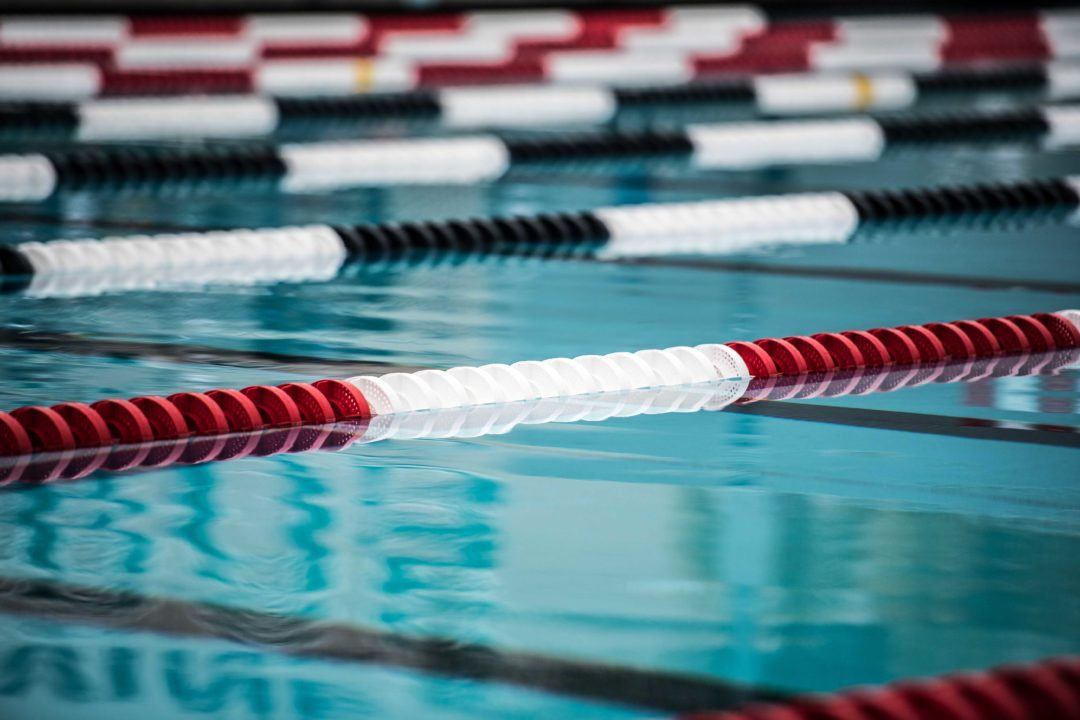Susan Woessner, the Director of Safe Sport for USA Swimming, will play a special role at this month’s Olympic Trials.
Woessner’s day-to-day responsibilities in Colorado Springs include overseeing USA Swimming’s athlete protection policies, guidelines, programs, and other services involved in building safe, positive swimming environments.
In Omaha, however, Woessner will take on a different challenge. As those who have read Mel Stewart’s article about the Trials production in the Olympic preview issue of SwimSwam Magazine have already learned, she’ll put her swim nerd skills to the test, sitting with Rowdy Gaines and providing the broadcast team with real-time stats as he calls the races. SwimSwam was able to catch up with Woessner to discuss her involvement with USA Swimming, and her preparations for her job at Trials.
SwimSwam: How did you get started with USA Swimming?
Woessner: My first job with USA Swimming back in 2004 was as the Times Coordinator. In that role, I worked with Larry Herr in administration and management of the SWIMS Times Database. We were responsible for receiving and managing all meet results from across the country, and using that data to create reports on performance trends across age group and national level swimming. We also tracked and produced the (then Top 16) Top 10 age group lists, All Time Top 100, Scholastic All American, and other recognition programs. It was basically a grade A swim nerd job! I loved it!
An unexpected but very appreciated perk of that job was the opportunity to work with/for the NBC broadcast of our Olympic Trials, Olympic Games, and World Championships over the last few years. Thanks to Mike Unger’s leadership and tireless commitment, USA Swimming has been fortunate to work with NBC since 2000 – we provide statistics and research for the NBC team responsible for the TV coverage.
SwimSwam: Can you tell us more about your specific job at these big meets?
Woessner: My specific job among a much larger team is to assist in preparation the broadcast team (Dan Hicks, Rowdy Gaines, and Michele Tafoya) before each session of the competition – who is swimming what, preview each event, what to look for, what is the historical context for each event, etc – and then sit with Dan and Rowdy during the meet and watch for real-time stats that I can provide to them while they are calling the races. For instance, one thing I do is let them know when a swimmer is on American or World record pace. Another example might be to point out that the winner of the event just won the first gold medal in swimming for the country of Papua New Guinea.
It’s an incredible opportunity and one that I have been very fortunate to enjoy for the last few years – starting at Trials in 2008. As a former swimmer and swim nerd to the core, I couldn’t be happier than to be a very small part of bringing our wonderful sport to a broader audience of people!
SwimSwam: Does that get stressful at all during the meet?
Woessner: It can be stressful especially when the event is being broadcast live and the pressure is on to be accurate in the moment. If you’re not right, you can’t go with it, even if you think it is a great stat.
SwimSwam: Do you have a process that helps you get the stats out more efficiently?
Woessner: We do a ton of preparation ahead of time to make the effort in the moment more smooth. Larry Herr in our office heads up this effort and does a terrific job preparing stats books, event previews, all-time performance/performer lists, current world rankings and US rankings lists, records lists, etc. Everything you might need to answer whatever question might come up.

Maybe Ms. Woessner can get a statistic on the percentage of races in which Rowdy comments about which direction the athlete is breathing toward so we know if they can see their competitor. 😉